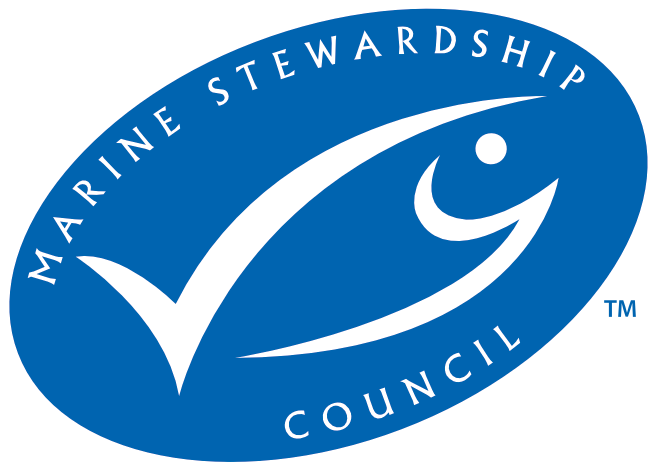
- Certifier :
- q.inspecta GmbH
- Certified status :
- Certified
- Certified since :
- 16 Mar 2012
- Certificate expires :
- 16 Jan 2028
Overview
Fisheries are composed of one or more parts, each of which is entitled to receive an MSC certificate. These parts or “units” are defined by their target stock(s), fishing gear type(s) and if relevant vessel type(s), and the fishing fleets or groups of vessels.
When the term “Unit of Certification” is used for fishing units that are in assessment, it refers to the “Unit of Assessment” or “Unit of potential certification”. Expand a status below to view the parts that form this fishery. To check the detailed scope, download the latest certificate or open the Assessments page to get the latest report. Find out more by visiting our page on Fisheries
Catch by Species
| Species | Reported Catch Year | Metric Tonnes |
|---|---|---|
| Patagonian toothfish (Dissostichus eleginoides) | 2023 | 2,408.1 |
| Mackerel icefish (Champsocephalus gunnari) | 2023 | 21.6 |
Information is provided by an independent Conformity Assessment Body as live weight (the weight of species at the time of catch, before processing) and where a fishing season covers multiple years, the end year is given as the reported catch year. Additional information is available in the latest report, see the assessments page.
Eligibility, client groups and vessel lists
A fishery may choose to define the members of the fishery certificate. These members can be vessels or other client group members (e.g. companies that own vessels and/or companies that are named as eligible to handle certified product covered within the fishery certificate scope). Please refer to the fishery certificate statement on additional product specific eligibility criteria (e.g. product eligibility limitations, eligibility date, exclusive points of landing and the point where Chain of Custody certificate is required). Please consult the fishery Public Certification Report for product eligibility rationale.
| Documents | Published on | Files |
|---|---|---|
| Vessel List | 23 Dec 2021 | 1 files |
About this Fishery
Patagonian toothfish (also known as Chilean seabass) is a large predatory and opportunistic scavenging fish that can reach an age of around 50 years and grows close to 2m in length. Its white, flaky, moist flesh is highly sought after by chefs due to its versatility and being rich in Omega 3 fatty acids.
Patagonian toothfish are distributed around parts of South America and sub-Antarctic waters. This Australian fishery is located in the waters off Heard Island and McDonald Islands (HIMI), a remote group of volcanic islands in the Southern Ocean, 4,000km southwest of Perth.
Toothfish are slow to mature, and populations have been severely depleted by overfishing, particularly illegal, unregulated and unreported fishing. However, stocks are rebuilding, and more than half the total catch now comes from certified sustainable fisheries. A 2011 assessment showed that HIMI stocks are now at around 63% of unfished levels.
The fishery is managed in line with guidance from the Convention on the Conservation of Antarctic Marine Living Resources (CCAMLR). CCAMLR adopts both the “precautionary approach” and the “ecosystem approach” which require that all other living resources of the Southern Ocean are treated as an integrated system. The fishery includes measures such as bird-scaring lines (tori lines) to reduce possible bycatch of seabirds.
The HIMI region includes one of the largest marine protected areas in the world, covering 65,000km², with an additional 11,500km² being considered for inclusion. This means that 39% of all waters shallower than 1,000m around HIMI are no-fishing zones.
Toothfish (Dissostichus eleginoides) image © Scandinavian Fishing Year Book
Market Information
HIMI toothfish is sold in the USA, Japan, China and Eastern Europe.
